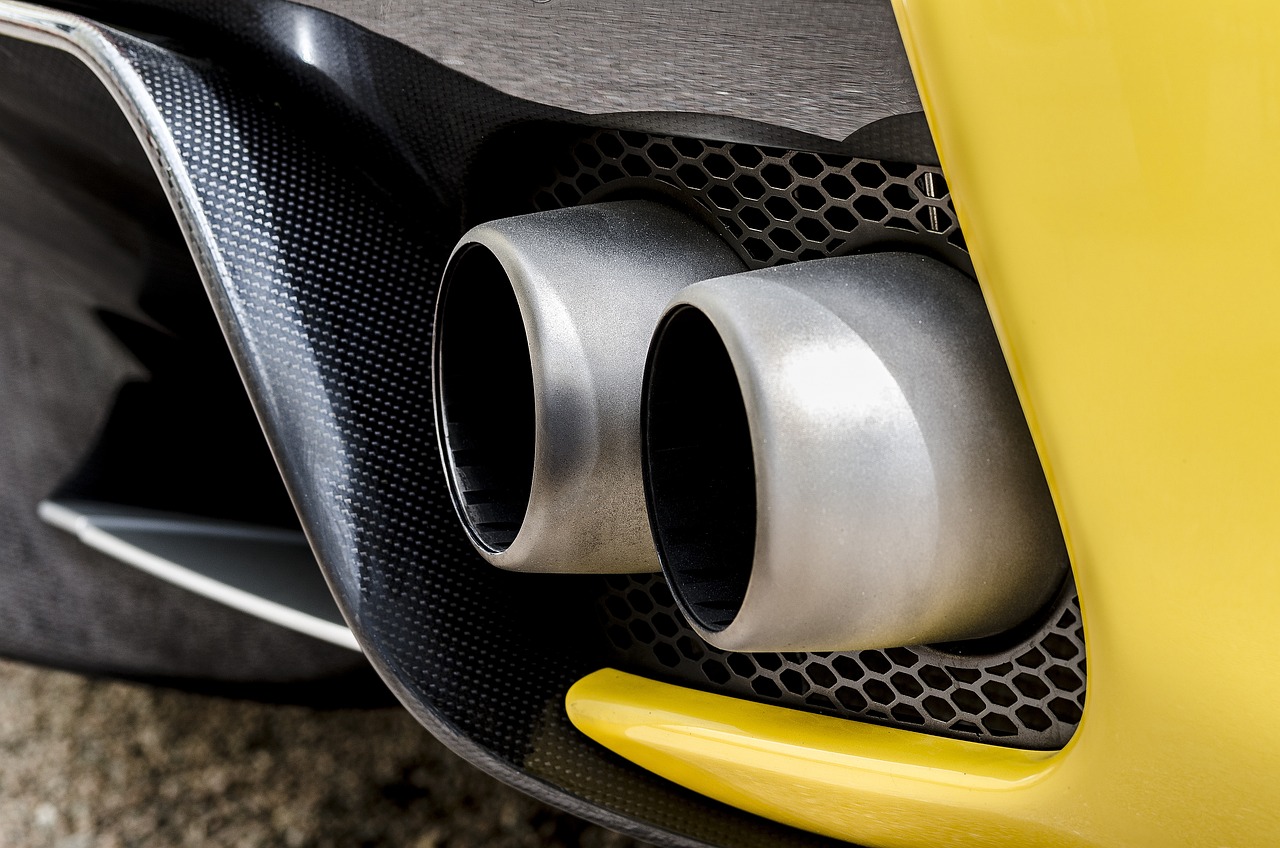Table of Contents
ToggleIntroduction:
The world is at a critical juncture when it comes to climate change. The Intergovernmental Panel on Climate Change (IPCC) has warned that the planet will face catastrophic consequences unless global warming is limited to 1.5°C above pre-industrial levels. To achieve this, we must drastically reduce our carbon emissions across all sectors, including transportation. As a result, there has been a growing push towards net-zero transportation, which aims to eliminate all greenhouse gas emissions from the sector. In this article, we will explore how many cars we need for net zero, and what steps we can take to achieve this goal.
The Challenge of Net-Zero Transportation:
Transportation is a major contributor to greenhouse gas emissions, accounting for nearly a quarter of global carbon dioxide emissions. The vast majority of these emissions come from cars and trucks, which burn fossil fuels and release carbon dioxide into the atmosphere. To achieve net-zero transportation, we must eliminate these emissions entirely, which is a daunting challenge.
The Role of Electric Vehicles
Electric vehicles (EVs) are often touted as a key solution to the emissions problem. Unlike gasoline-powered cars, EVs do not produce any tailpipe emissions, making them a cleaner alternative. However, EVs are only as clean as the energy used to power them. If the electricity used to charge EVs comes from coal-fired power plants, the overall emissions savings are limited. To achieve net-zero transportation, we need to shift towards renewable energy sources, such as wind and solar, to power our vehicles.
The Importance of Public Transportation
Another key solution is to shift towards public transportation. Public transportation is much more energy-efficient than cars, and can reduce overall emissions significantly. However, public transportation is only effective if it is accessible, affordable, and convenient. Many cities around the world have invested in public transportation systems, but more needs to be done to make them truly effective.
The Role of Active Transportation
Active transportation, such as walking and cycling, is another important solution. Active transportation is not only emissions-free but also provides numerous health benefits. However, to make active transportation a viable option, we need to invest in infrastructure, such as bike lanes and sidewalks and create safer streets for pedestrians and cyclists.
The Need for Behavioral Change
Finally, achieving net-zero transportation will require significant behavioral change. We need to shift away from single-occupancy cars and towards shared transportation options, such as carpooling and ride-sharing. We also need to change our attitudes towards transportation and recognize that owning a car is not a necessity.
Conclusion:
Achieving net-zero transportation is a daunting but necessary task. We need to shift towards electric vehicles, public transportation, active transportation, and shared transportation options. We also need to invest in renewable energy sources and create safer and more accessible infrastructure. But most importantly, we need to change our attitudes towards transportation and recognize that we all have a role to play in creating a sustainable future. With concerted effort and a commitment to change, we can create a net-zero transportation system that benefits both people and the planet.








1 thought on “How Many Cars Do We Need for Net Zero? A Comprehensive Guide to Sustainable Transportation”
Pingback: Net Zero: Just a Catchphrase, or Moonshot for Mother Earth?